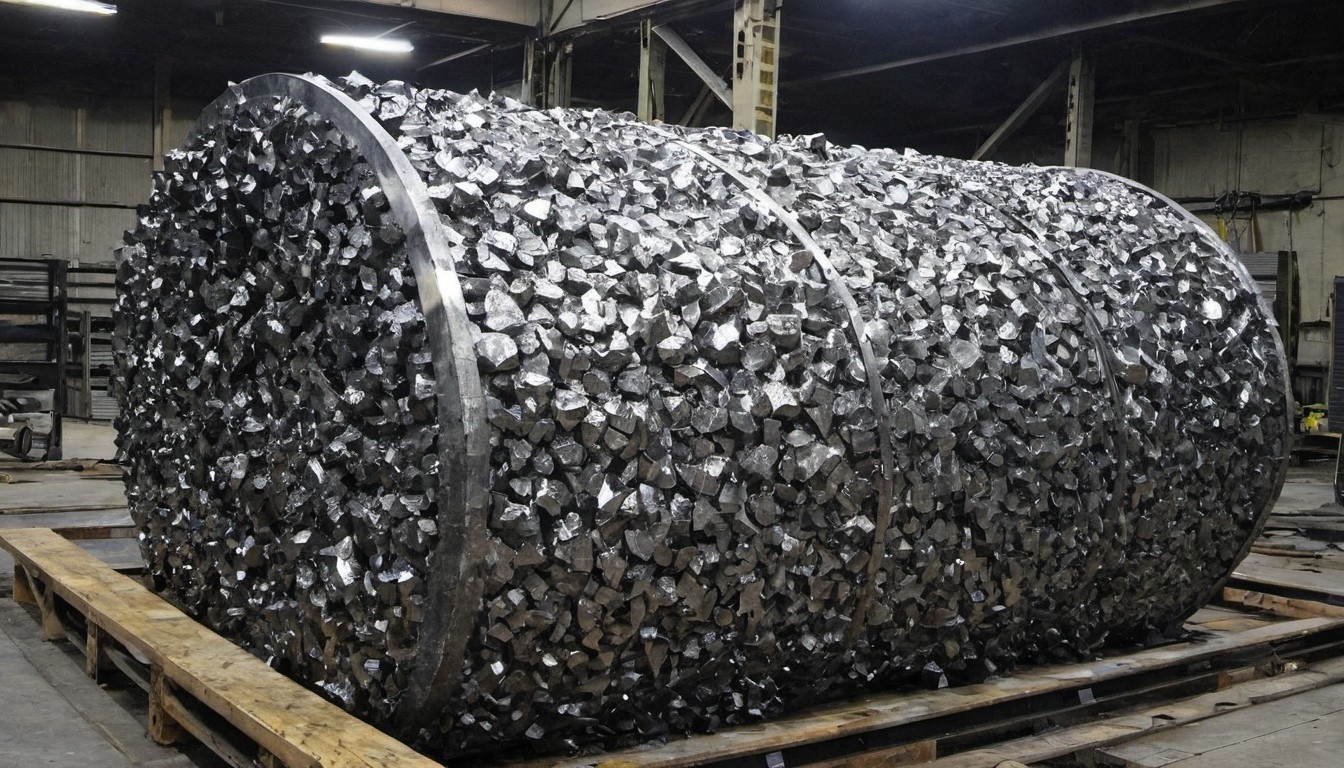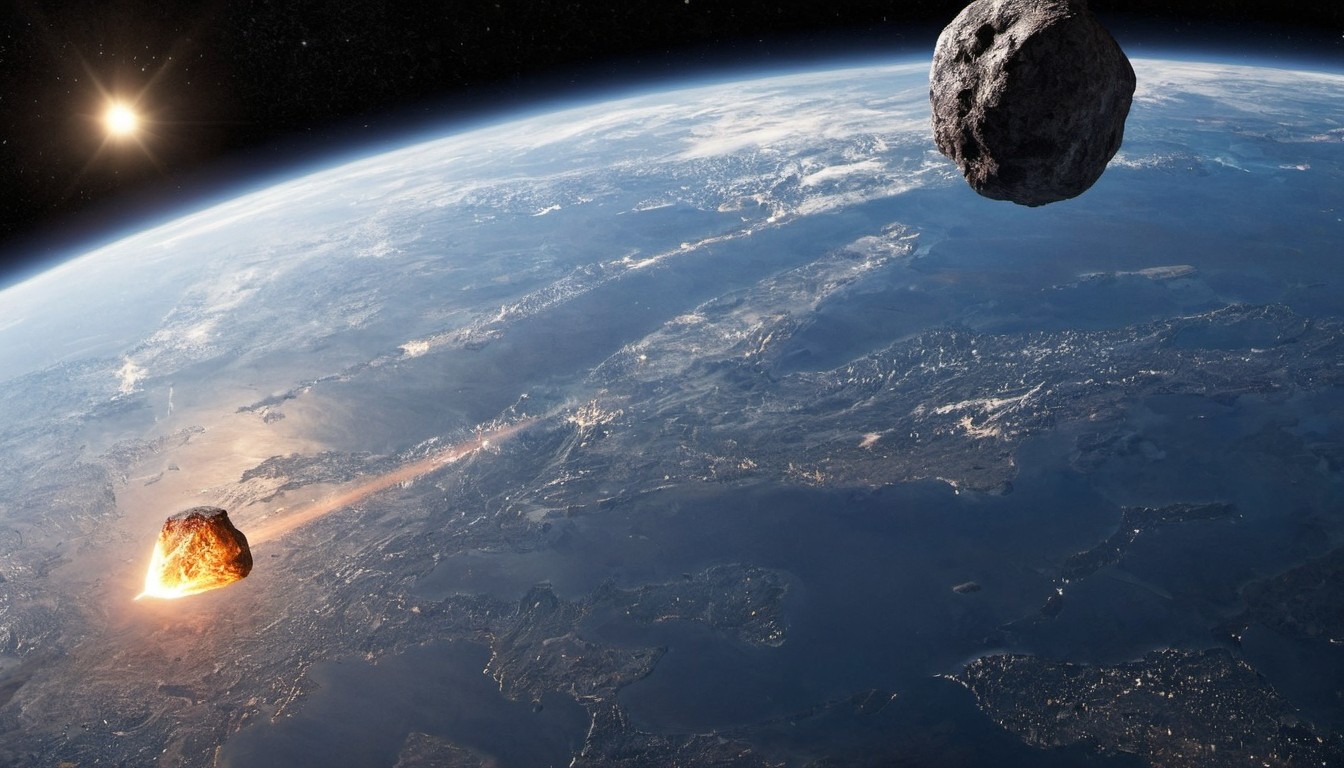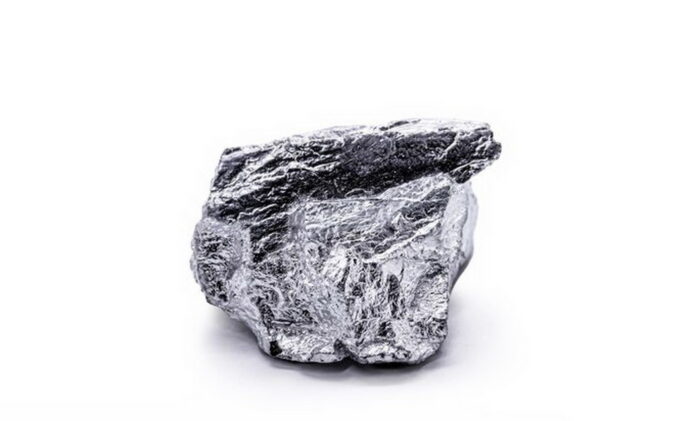It may seem that there is nothing in common between the experiments of the well-known English chemist Smithson Tennant and the extinction of dinosaurs from the face of the Earth. However, this is not entirely true. Despite the fact that these events are separated by millions of years, there is still a subtle thread connecting them – the metal iridium.
It is extremely rare in the earth’s crust: one atom of this unique metal accounts for a billion atoms of other substances. In large concentrations, iridium is found in cosmic bodies and meteorites, for example, the one that, according to one theory, fell to Earth in ancient times and caused the extinction of the dinosaurs.
That is why scientists knew nothing about the existence of such a chemical element for a long time until, in 1803, Mr. Tennant obtained a certain insoluble residue after the action of a mixture of acids on natural platinum. Thus, by trial and error, he discovered iridium and osmium (another rare and expensive metal).
Characteristics of iridium
Iridium (Ir) is a chemical element of silver-white color, with the 77th ordinal number in the periodic table of Mendeleev. This metal belongs to the “noble” platinum group, and is therefore practically immune to corrosion and oxidation, making it practically eternal. Iridium is incredibly resistant to heat – its melting point exceeds 2400°C, and boiling begins only at 4701°C (even among metals, such indicators are rare).
Iridium has a high density of 22.65/22.56±0.01 g/cm³ (visually expressed as: 1 g of substance looks like a drop the size of a match head). It is impossible to affect the metal by any mechanical means; it softens and becomes plastic only when heated to white heat. To a significant extent, this physical property of iridium is transmitted to alloys: the presence of this unique element in the composition makes them much more resistant to wear.
In nature, it is found in the form of two stable isotopes – 191 and 193. Artificial isotopes have been obtained from iridium, having an aggressive radioactive background with mass numbers from 164 to 199.
It has low chemical activity, reacting only with chlorine, halogens, and sodium peroxide. It does not affect human biology on its own – this metal is not poisonous, however, with some of its compounds, such as hexafluoride, caution should be exercised. It is toxic, so it poses a danger to life and health.
The heaviest metal in the world
If we imagine a cube made of iridium, each face of which is 1 cm, its weight will be 22.65 g. The same cube made of the lightest metal, lithium, will weigh 0.534 g (twice as light as water). In its liquid state, iridium is slightly lighter – 19.39 g/cm³.
There is a theory that due to its high specific weight, the metal sank deep into the planet, closer to the core, even at the stage of its formation, so the extraction of iridium is painstaking and quite costly. The likelihood of encountering this chemical element in isolation in natural conditions tends towards zero.
It is always surrounded by platinum, osmium, palladium, or other noble metals. In dispersed form, it occurs in copper ore, in the compound aurosmiridium, less frequently – as part of gold placers. The main supplier of the metal is the Republic of South Africa.
But iridium deposits are also found in Russia, Canada, the USA, on the islands of New Guinea, Tasmania, Kalimantan. In total, about 3-4 tons of this substance are extracted per year (this volume would not even be enough to fill a 300-liter barrel to the brim). For comparison: on average, 200 tons of platinum are mined per year.
However, extracting iridium from the upper layers of rock accessible for industrial activity is not the most difficult task. Also, effort is required in the process of its extraction from ores by sequential chemical reactions. If the technology of obtaining iridium is followed, the finished product will come out in the form of powder, which needs to be additionally compressed and remelted.
Due to the huge number of difficulties, this chemical element is not mined on its own. Almost all production of this metal is a by-product of the processing of secondary raw materials or appropriate ores after the end of the extraction of main minerals such as gold, nickel, copper, and others.
Where iridium is used
Until recently, the noble metal with unique properties was treated with great caution. But just 70 years ago, the field of iridium application expanded significantly – now it is used not only in the chemical industry but also in jewelry making and other modern production sectors.
For example, in the manufacture of spark plugs, rocket engines, electric lamps, thermally resistant cookware, refractory glass, surgical instruments, etc.
Iridium is used to create crucibles in which monocrystals for lasers are grown. Due to its chemical inertness and extremely high melting temperature, such a container does not react with its contents, allowing the production of high-quality products.
Valuable iridium is part of some advanced pharmaceutical preparations that help fight the development of cancerous tumors in the human body, thanks to its special radioactive isotopes. Atomic physicists in the near future see them as a powerful potential source of electricity.
Wherever iridium is used, even in small quantities, it always performs reliably. Therefore, it can be confidently stated that science and industry of the future will not do without it.
More expensive than gold
In nature, iridium occurs less frequently than gold and platinum by about 30 times, which makes it not only one of the most unique metals but also one of the most expensive. The average price in 2021 on the world market ranges from $110 to $200 per gram.
It is impossible to buy iridium on the exchange or through any financial funds. The supply of the substance is carried out either directly by manufacturers or by a small group of sellers distributing the silver-white metal in ingots.
Interesting facts about iridium
1. The 77th element in the system of chemical elements got its name not by chance. The word “iridium” from ancient Greek has a rather unexpected translation: it means “rainbow.” The thing is that salts of this metal invariably have a bright, diverse color: from bright yellow to dark blue, almost black.
2. It is very symbolic that iridium occupies the 77th place in Mendeleev’s periodic table. In numerology, the number consisting of two sevens signifies a certain cosmic mystery, the favor of the Universe, and perfection.
3. Iridium can oxidize significantly at very low temperatures, and in its pure form, it is not magnetic.
4. Iridium and its perennial competitor among platinum group metals, osmium, are practically interchangeable in all areas of application.
5. A large amount of iridium is contained in prehistoric fossils, which confirms the theory of a high concentration of dense refractory metal close to the core of our planet.
6. Since 2013, the National Bank of Rwanda has been producing iridium coins with a denomination of 10 francs. This is the first case of using this precious metal of 999 purity as currency.
7. Since 1999, the 77th chemical element has been used to make rings, earrings, brooches, and other accessories. Jewelers alloy iridium with platinum in a ratio of 1:10. This not only makes the jewelry super strong but also gives it a special shine.
8. Standards for the meter and kilogram were made from an iridium-platinum alloy.
9. This metal serves as a kind of indicator of cosmic catastrophes from the distant past. When an asteroid or meteorite falls onto the surface of our planet, chemical elements with high density settle evenly and form a peculiar layer, creating a so-called “iridium anomaly.”
10. One theory suggests that after the meteorite impact 65 million years ago, the Earth plunged into darkness for 14 days. The impact of the celestial body on the planet’s surface was so powerful that it caused the formation of a dust cloud and initiated the release of toxins from compounds that arose from the interaction of a large amount of iridium with chlorine. This marked the beginning of the end of the dinosaur era.
11. Iridium electrodes are used to treat Parkinson’s disease. However, this method is still experimental, as the impulse at a frequency of 25-100 GHz needs to be delivered directly to the patient’s brain. Those who have consented to such therapy report significant improvement in their condition, particularly noting the disappearance of limb tremors.
12. Iridium is the ideal catalyst because it does not form any side products. However, due to its high cost, the application of the chemical element in this capacity is severely limited. It is believed that the metal could become a key component of artificial photosynthesis, allowing direct conversion of sunlight into fuel.
